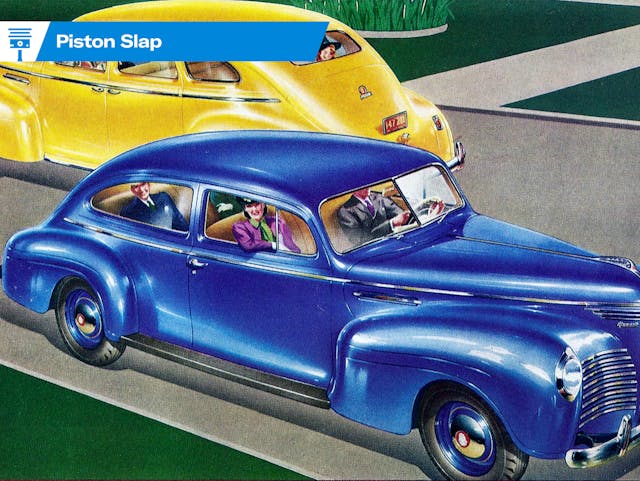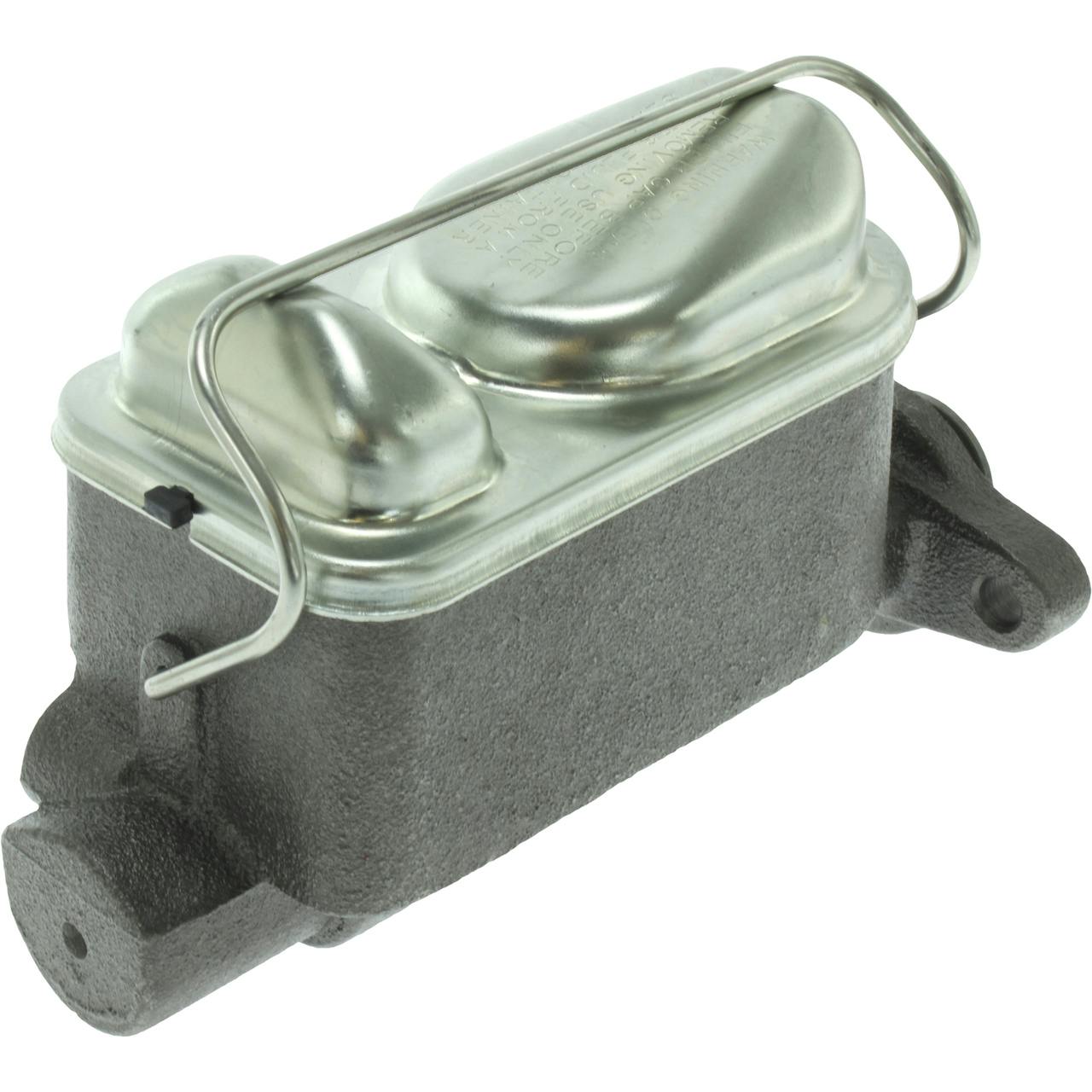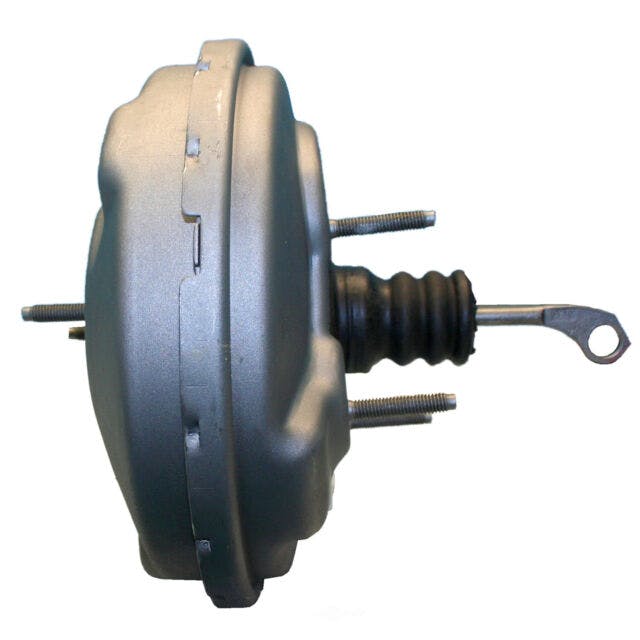Piston Slap: Brake-checkin’ a Torino-infused Plymouth?

Jonny writes:
I’m working on putting on a new brake master cylinder on my 1940 Plymouth P10 coupe. It has a 1972 Ford Torino, 5.8-liter, 351-cubic-inch V-8 brake booster and master cylinder. I am having trouble bench-bleeding the new master cylinder.
I have tried both ways described in the literature that came with it. Blocking off both ports and “pumping” the valve. The pressure gets high enough to stop the pumping action. But the rear cavity (the larger of the two) is still spongy. Only the front cavity is bled.
So, the second way is to hook up two return tubes: one from the front port, returning the fluid to the front cavity and keeping the end of the tube below the top of the fluid; same with the other tube. I can see the brake fluid going in and out of the front tube at the cavity end of the tube, but I never see any large amount of fluid move in the rear tube. I do see a small amount of fluid go over the top and drain back to the rear large cavity. But this is only drops of fluid, not a gusher.
I also did a different hookup. Since the front port is bled solid when I push in the plunger, I hooked up a tube to the front port and a plug to the rear port. This got me past not being able to push the plunger because the front port was solid. Still couldn’t get any volume of fluid (just drops) to cross over the tube and into the rear cavity, and it is far from being solid.
When I examined the two holes in the bottom of the rear cavity, I can see fluid coming up from the front hole when the valve is pushed in. I even got an old-style battery filler with the bulb and a stem and tried to force brake fluid into the holes—first with the valve pushed in and also with the valve out. (This battery filler had never been used for anything before this.)
First, the front hole of the rear cavity—I couldn’t tell if there was any fluid being forced into the valve area and out the rear hole. But when I forced fluid into the rear (smaller) hole, I could see fluid come up out of the front (larger) hole. But the rear cavity is still not solid—far from it.
I have also let the new master cylinder sit for three days in the vice, trying to get gravity to feed fluid into the valve area. Didn’t help. Also I put a piece of tape around the plunger to make sure I didn’t press the plunger in more than three-quarter to 1 inch.
Am I doing something wrong? What else can I try to get this brake master cylinder to bleed solid?
Sajeev answers:
Thank you for your fantastically comprehensive question! This makes my suggested answer far simpler: You did everything correctly, which suggests the master cylinder itself is defective …
… or it needs a rebuild, if it’s been sitting around with five-plus years of rotten brake fluid making a mess of the piston, spring(s), and O-rings. Again, there must be something wrong internally that keeps the rear cavity from bleeding correctly. I would either return that new part, buy a new one (if yours is used), or rebuild the master cylinder yourself (if you are bold).
Jonny replies:
Thank you for your reply. The master cylinder being bad was the only other logical explanation that I could reach after talking it over with a couple of my mechanic friends. Thank you so much for your reply.
Sajeev concludes:
Because I never heard back (and since this weekly series receives questions quicker than I can answer them), I suspect Jonny fixed this issue with a new master cylinder many months ago. And now he’s running around in a Ford-infused Plymouth with the stopping power of a thousand Starsky and Hutch Torinos.
Wouldn’t that be a fun sight to behold?
Have a question you’d like answered on Piston Slap? Send your queries to pistonslap@hagerty.com—give us as much detail as possible so we can help! Keep in mind this is a weekly column, so if you need an expedited answer, please tell me in your email.
***
Check out the Hagerty Media homepage so you don’t miss a single story, or better yet, bookmark it. To get our best stories delivered right to your inbox, subscribe to our newsletters.




I have never bench bled a master cylinder. I have actually attempted it, but the process has an obvious logic error where as soon as you remove your bench-bleeding apparatus, you are going to introduce air that will need to be bled out once the master cylinder is in the car. I generally start by filling the master cylinder and allowing a certain amount of fluid to gravity bleed from the brake line ports. I will then install the brake lines and bleed the system by cracking the brake lines at the master cylinder. I will then proceed to bleed the system conventionally. Sometimes I have to repeat this process twice, and add extra ‘crack points’ if the system has a proportioning valve